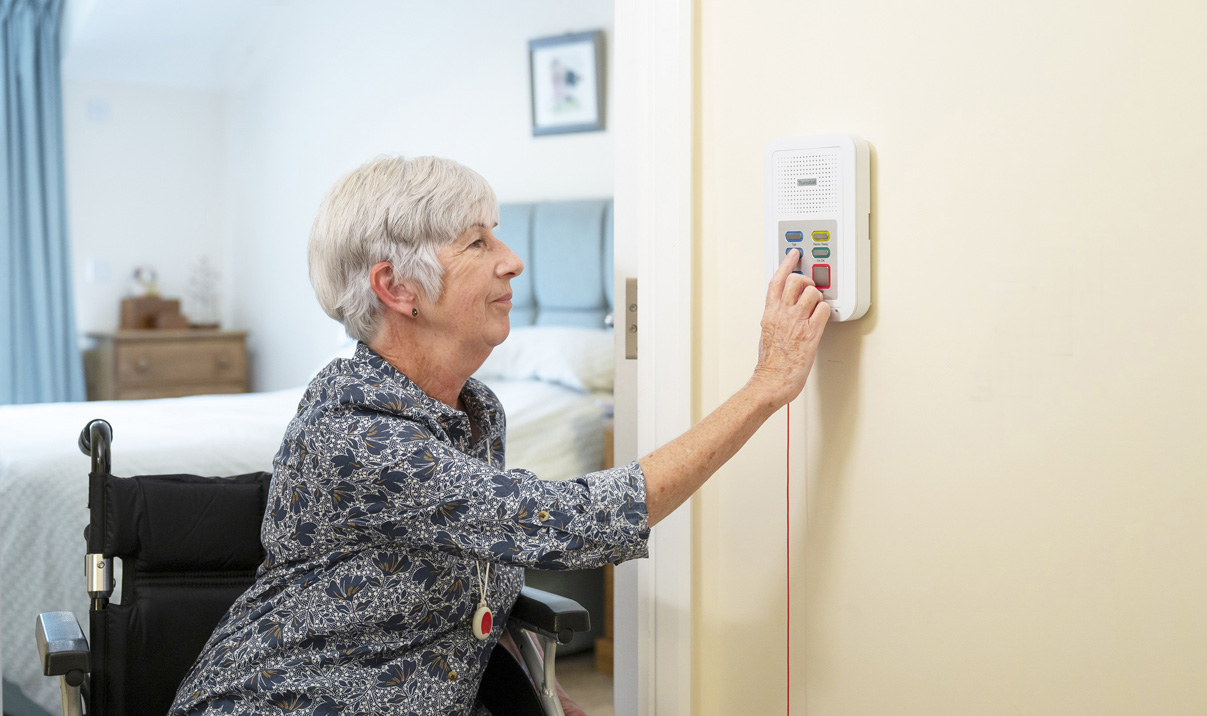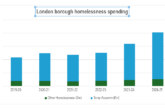Gavin Bashar, UK Managing Director at Tunstall Healthcare, discusses the role of technology in making social housing more affordable from a health and care perspective.
Around 4.2 million people live in the social rented sector (1), yet housing is often forgotten when it comes to integrating services that support vulnerable people. However, it has a significant role to play in improving health outcomes and supporting health and community care services, and making these services as efficient as possible.
While social housing is often cheaper than privately rented accommodation, and can offer greater security from eviction, local councils and the social housing sector must be included in developing strategies to offer more integrated and cost-effective support to those that are most in need, and the duty of care reaches far beyond simply providing shelter.
How to implement technology
Understanding how to adopt the right technology is important if we are to transform our services. This ranges from reducing costs and inequalities, to increasing inclusion and engagement amongst those needing social housing.
With so many solutions currently on the market and every individual requiring different levels of care, it can be challenging to procure and integrate the correct technology. However, there are some practical steps that can be taken.
Working in partnership with providers will support the delivery of effective technology enabled care services (TECS) and data led practice. A collaborative approach, including co-production with tenants, means any investment in technology is maximised and service delivery models are designed around improving service user experience and delivering organisational goals.
Outcomes and financial savings should be defined at the outset and tracked effectively. Good measurement is based on making sure goals are well defined and measurable, and that any financial savings are applied at the beginning so that the whole service can be evaluated, rather than smaller elements. The importance of outcomes does, however, go beyond financial savings. Providing more preventative and personalised care in social housing by using technology, also gives people more choice and control, which in turn can help to maintain independence and thereby prolong tenancies.

Integrating the right devices
There is massive potential in how infrastructure improvements will allow technology to enhance services. With the UK’s Public Switch Telephone Network (PSTN) ceasing in 2025 and switching to voice over internet protocol (VoIP), social housing providers need to audit existing technology estates and develop strategies for upgrading equipment to digital where necessary.
This will ensure that vulnerable people are not put at risk when we reach the cut off point for the transition, and that providers take advantage of the opportunity to use technology to offer tenants better support.
By educating themselves on how the upgrade might impact services, providers will be able to plan accordingly and ensure they are able to get the right devices working in the homes of their tenants. However, it’s important to remember that technology can’t and shouldn’t be used to replace human interaction, but it can be used to target care where and when it is needed most. This will ultimately make housing services more efficient.
Providers can also ensure they are well prepared by partnering with a range of stakeholders involved in the digital transition. Whether this is communications providers or technology partners, collaboration is required to develop an effective solution that mitigates the risk of disruption in service delivery. It’s also important to seek advice to ensure any investment can deliver longer as well as shorter term benefits, i.e. choosing technology solutions that will evolve over time.
Implementing tech to drive cost efficiency in practice
Tunstall Healthcare has worked closely with Lincolnshire Housing Partnership (LHP), not only on a day-to-day basis, but have also collaborated to prepare a strategy for the UK’s transition to a digital communications network and adapting its services to become more resilient and agile during and post pandemic.
LHP and Tunstall have worked to audit existing schemes and equipment and scope a potential footprint for new technology and service delivery models. The relationship with the healthcare provider is multi-layered — as well as working together to improve services to LHP customers, Tunstall has supported LHP’s successful bids to provide TECS to other organisations, and enable initiatives with partners in health and social care.
Embedding the change
With implementation of the current reform agenda already underway, as well as the significant pressures on existing services, it is understandable that the bandwidth for addressing yet another issue such as technological change may feel peripheral when compared to the scale of charging reform or current workforce challenges.
However, it’s widely understood that technology needs to be front and centre of any strategy to drive true change. It is likely to provide the best route over time to enhancing the capacity of housing services whilst at the same time reducing pressure on the workforce and maintaining high quality services. Housing providers should be thinking now about where technologies could reduce expected pressures in the future.
1. Housing, England and Wales: Census 2021
More information on Tunstall Healthcare, its services and the digital transition here: www.tunstall.co.uk/digital-transition










